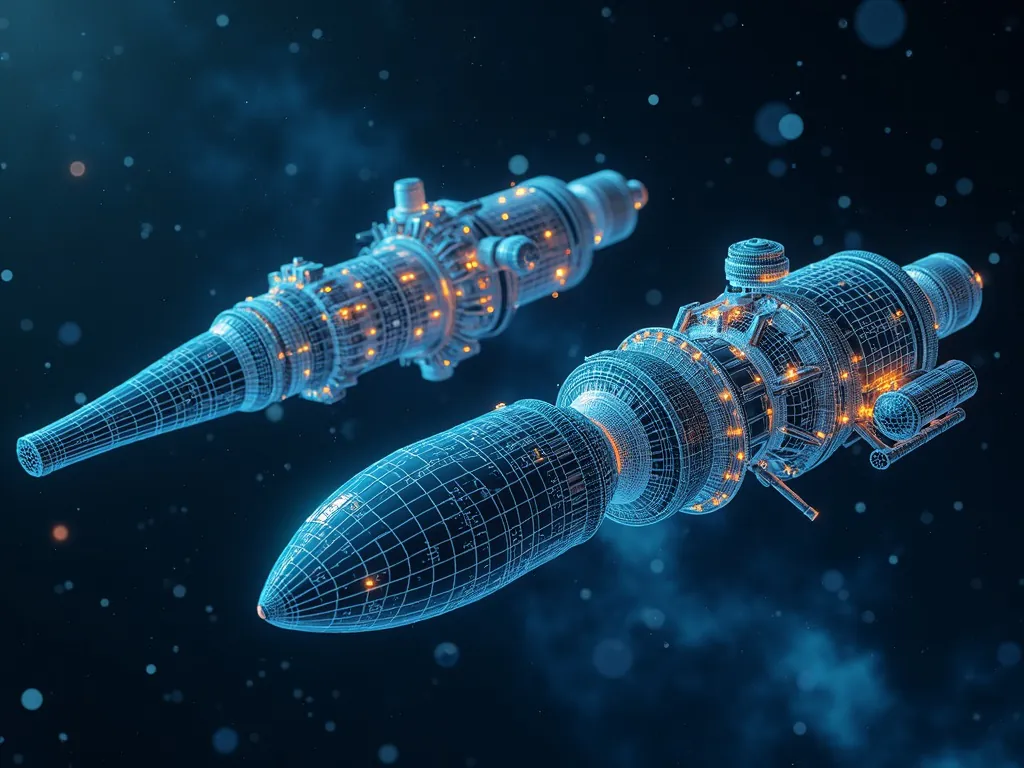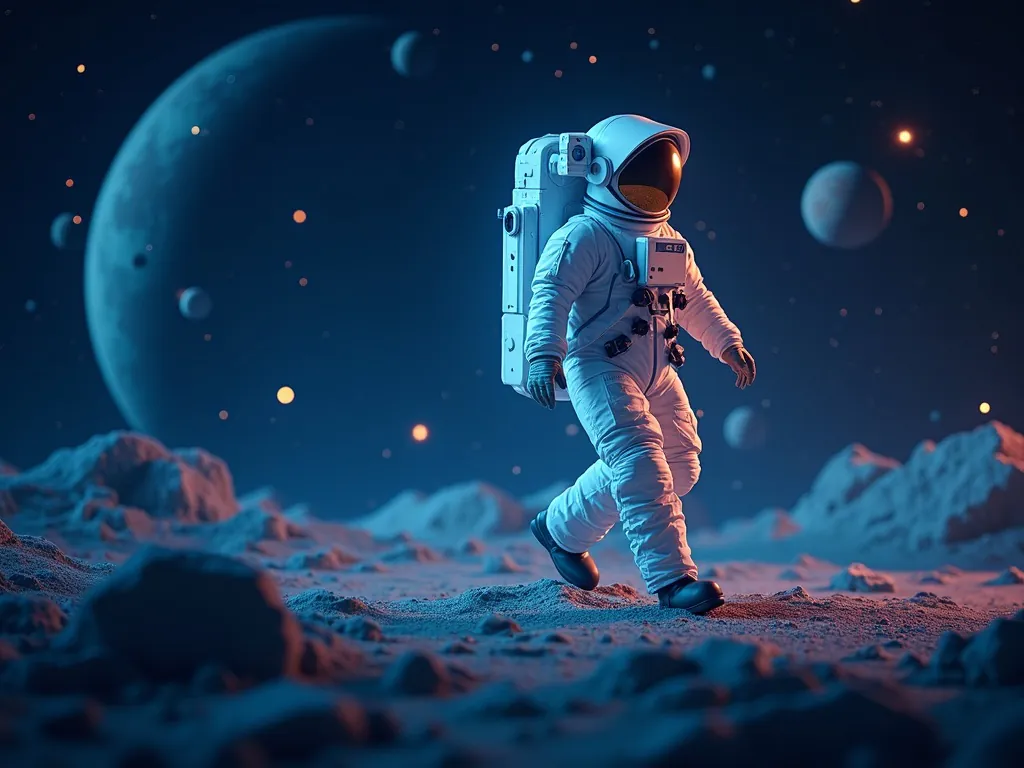AI in Space Exploration: The New Technological Frontier
Table of Contents
Hello, fellow tech enthusiasts! Allow me to guide you through the captivating realm of AI in space exploration – a new frontier. With my passion for the subject, I’m excited to share my insights with you.
In this era of rapid technological advancement, our explorations have transcended earthly boundaries and ventured into the cosmos. Leading this celestial journey are the innovative technologies of AI and space exploration. If you’re curious about the role of artificial intelligence in space exploration, fasten your seatbelts – we’re about to embark on a thrilling voyage.
The Role of AI: Pioneering Space Exploration
AI has seamlessly integrated into our daily lives – from brewing our morning coffee to navigating through traffic. However, when it comes to space technology, AI operates on an entirely different level. Much like Martian rovers, AI tirelessly works behind the scenes, unearthing astounding discoveries and spearheading advancements in astronomy and space exploration.
The potential of AI to analyze copious amounts of data, make accurate predictions, and learn from its own errors has proved invaluable in our quest to explore the cosmos. From scheduling tasks for robots on Mars to analyzing images of distant galaxies, AI has become an indispensable player in the field of space exploration.

NASA’s Innovative Use of AI Technology
When we talk about space exploration, NASA invariably comes to mind. They have been leveraging AI in some truly remarkable ways. For instance, the Mars Rover, a name we’ve all heard, uses an AI system to navigate the challenging Martian terrain without human intervention – think of it as a self-driving car on Mars!
Another instance is the Kepler space telescope. Its mission is to discover exoplanets, and it sifts through heaps of data to do this. AI steps in here, using machine learning to identify potential planets within this colossal data – a task that would take human astronomers a lifetime!
NASA’s AEGIS: Witnessing AI in Action
NASA’s AEGIS (Autonomous Exploration for Gathering Increased Science) is an excellent example of AI in space technology. It’s an onboard autonomous targeting system used by the Mars Rover, which allows it to identify and analyze intriguing rocks without waiting for instructions from Earth. Imagine a super-smart, space-faring pet rock making decisions independently – except it’s a rover, and it’s on Mars!

With AI’s help, the next generation of spacecraft will be the most advanced yet, ready to take humans further into space than ever before.

AI also predicts potential issues with spacecraft designs. It uses data from past missions to suggest improvements. This proactive approach reduces the risk of problems occurring during the mission, ensuring a safer journey for astronauts.
Designing a spacecraft involves complex decisions, from choosing materials that can withstand extreme temperatures to ensuring the craft can operate on distant planets. AI is now helping engineers make these decisions faster and more accurately. By using AI, engineers can model and simulate different spacecraft designs before they’re built. This process helps identify the best design that meets all safety and mission requirements.
The Impact of AI on Spacecraft Design
As space missions become more complex, AI-driven simulations will be key in training astronauts to face any challenges they might encounter far from Earth.

These AI tools also help astronauts get ready for the unknown. They can simulate rare space events, which gives astronauts a chance to practice handling unexpected situations before they happen for real.
Before astronauts head off to space, they undergo extensive training. Now, AI is adding a new layer to their preparation. AI simulations create realistic space mission scenarios. These scenarios allow astronauts to practice everything from emergency responses to routine tasks. The simulations adapt to the astronaut’s learning pace, making training effective and thorough.
Training Astronauts with AI Simulations
Thanks to AI, the future of space communication looks promising. This technology will be vital in upcoming missions, like those planning to visit Mars or explore the outer planets.

AI’s ability to learn and adapt is crucial. It adjusts how data is sent depending on the conditions in space. This smart thinking helps ensure that important information about space weather or new discoveries is not lost in transmission.
Communication is key in space missions, and AI is playing a big part in improving how we talk to and hear from space. Long-distance space communication faces delays and disruptions. AI helps by predicting and fixing errors in signals that travel millions of miles. It also compresses data, so more information can travel faster back to Earth. This means scientists can get clearer, quicker updates from space probes, like those traveling past Mars or exploring distant asteroids.
Concluding Thoughts
Artificial intelligence is revolutionizing the field of space exploration. It’s not just about venturing into new worlds, but also about enhancing our understanding of the cosmos. With its assistance in Mars navigation to identifying potential exoplanets, AI is proving to be a powerful ally in our cosmic voyages. With organizations like NASA continually innovating with AI space technology, the future of space exploration is more exciting than ever.
AI’s role in space technology isn’t just about the future—it’s shaping the present. We’re already exploring uncharted frontiers, uncovering new knowledge, and pushing the boundaries of what’s possible, all thanks to AI. So, the next time you gaze at the night sky, remember that AI is helping us explore, discover, and comprehend the mysteries of the universe.
As we wrap up our journey through AI in Space Exploration: The New Technological Frontier, I hope you found this guide engaging and informative. I’d love to hear your thoughts on this fascinating topic!
